Cities all over Europe have perfected their distinctive way of celebrating carnival. So, we looked at some of the largest, best, and most unique European carnival celebrations. So, which are the finest carnivals in Europe, in our opinion?
Kurentovanje of Ptuj, Slovenia
Carnivals are the time to run into the popular and the crowded. However, what if we told you that some carnivals still have their authenticity intact? Dubbed as one of the finest carnivals worldwide by Lonely Planet, the Kurentovanje of Ptuj are the most popular end ethnologically significant carnival in Slovenia and just the kind of carnival in Europe you are looking for if you want to go for an off-the-radar experience.
The main character of the carnival, Kurent, is dressed in sheep fur. Other characters in the festival, such as dancers, Dornava gypsies, dragons, and people, come out in costumes of hens and horses! The Kurents are supposed to ward off the winter days and bring in the brighter days of spring by ringing bells by the fire.
Official Website: Kurentovanje of Ptuj
Carnival of Ivrea, Italy
Ready for the most epic orange fight in the world? Forget about the parades and the street festivals. The Carnival of Ivrea is where you will see almost 700 tons of oranges disappearing in a few seconds!
In the medieval city of Ivrea, the locals form 9 teams and participate in the 3-day-long Battle of Oranges, the most iconic carnival event. The carnival is also an ideal venue to experience local history, as many representations of the historical events shaped the city of Ivrea. One of the fascinating ones is Vezzosa Mugnaia, about a girl named Violetta who assassinated a local tyrant!
Of course, the Carnival of Ivrea, like all carnivals in Europe, is also a hub of beautiful parades and traditional dishes like the Fagioli Grassi (fat beans of Ivrea, a rich dish made of beans and pork) and tasty polenta and cod.
Please read our related article about that carnival to find out more.
Official Website: Carnival of Ivrea
Binche Carnival, Belgium
Binche Carnival is one of the oldest carnivals in all of Europe. UNESCO has recognized it for its Intangible importance.
Carnival is renowned for its leading carnival character, the Gillies. The Gillies are mythical creatures that date back centuries to their pagan roots. The Gillies perform traditional dances and make scary noises to chase away the evil winter spirits and usher in the spring. Furthermore, the Gillies are performed by thousands of local boys and men who wear traditional carnival costumes and masks.
Binche Carnival draws about 100,000 tourists annually, and its significant celebrations occur on the three days before Ash Wednesday; Shrove Sunday, Rose Monday, and Shrove Tuesday. These days, there are street parades, a confetti battle, firework shows, a champagne and oyster breakfast, and many more.
Official Website: Binche Carnival
Santa Cruz de Tenerife Carnival, Spain
Santa Cruz de Tenerife Carnival, held in Spain’s Canary Islands, claims to be one of Europe’s most popular and wild carnival celebrations.
Carnival kicks off by electing a carnival queen in a competition that sees candidates wear decorated costumes that can weigh up to 200 kilos. For the entire week before Lent, the carnival features 24/7 stormy street parties and live music concerts that feature Latin tunes. Celebrations end with the burning of a giant sardine.
Cádiz Carnival, Spain
Firstly, the Cadiz Carnival is one of the most well-known carnivals in Europe. It is a ten-day celebration of music and humor. And it is the only carnival in Spain that Franco didn’t ban.
Carnival features numerous street parades, live music concerts, comedy shows, theatre shows, puppet theatres, and fireworks. Cadiz Carnival is known for everyone dressing up in the most amazing costumes that are more satirical than sexy.
One of the main features of this carnival is the “chirigotas,” which are satirical singing groups that sing songs making fun of current events and politicians.
Nice Carnival, France
Now in its 150th year, the attractive Nice Carnival is another reason to visit the stunning French Riviera. It is one of Riviera’s most significant, most elaborate events. The event sees magnificent floats, unique annual themes, energetic dance groups, music bands, beautiful fireworks, stunning acrobats, and big papier-mâché dolls.
There are three kinds of parades, which are impossible to miss; the Bataille de Fleurs (Battle of Flowers), Corso Carnivalesque Illumine (Parade of Lights), and the Corso Carnavalesque (Carnival Parade). Each float has a distinct theme; some feature satirical dolls related to the day’s politics!
Please read our Nice Carnival article to find out more
Official Website: Nice Carnival
Viareggio Carnival, Italy
Another renowned carnival celebration in Europe is the Viareggio Carnival. This carnival takes place in Viareggio, an Italian coastal town in Tuscany. Viareggio Carnival attracts around a million visitors every year. Viareggio Carnival started in 1873 when the city’s wealthy residents protested the high tax rates.
Viareggio Carnival is celebrated for the most impressive floats, the largest in the world. The floats are giant 20-meter-high papier-mache floats that usually represent that year’s current carnival theme. The floats range from mythical creatures to politicians. There is also a famous Carnival Museum where you can see the floats or do a papier-mache workshop.
Official Website: Carnival of Viareggio
Cologne Carnival, Germany
The carnival here starts in November and meanders through the winter until February. Cologne Carnival is entire of street parties, pub parties, and parties that happen throughout Cologne’s public squares, where, from morning until night, the beer doesn’t stop flowing.
The biggest carnival day is Rose Monday, when the three main protagonists, a virgin, a prince, and a farmer, are marched through the streets of Cologne in a vast procession that features thousands of participants. Cologne Carnival is also known for the locals wearing extravagant costumes that are on par with what you would expect from Comicon.
Carnival of Venice, Italy
The Venice Carnival is a class of its own. No other carnival on Earth can compete with its masks and costumes’ fashionableness, elegance, and excessive richness. Groups of Renaissance aristocrats, queens, kings, clowns, and sea creatures set against the subtle background of Venice create a dream-like show of mystery and magic.
When is the Carnival in Venice celebrated?
It lasts longer than other Carnivals, this year from 4th to 21st February 2023. For more information, click here.
The conclusion of the finest carnivals in Europe article
Now, we’d like to hear your views. We have selected a few of, in our opinion, the most famous European carnivals. Which are your favorites, and which one did we miss out on?
Take a look at
References and sources:
The 10 Best Places to Celebrate Carnival in Europe
Photo credits:
Featured photo: gpointstudio

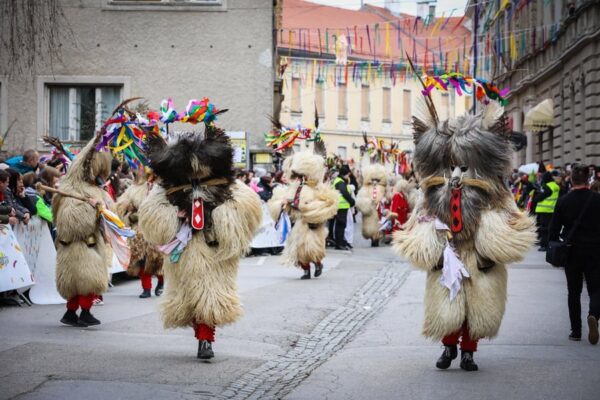
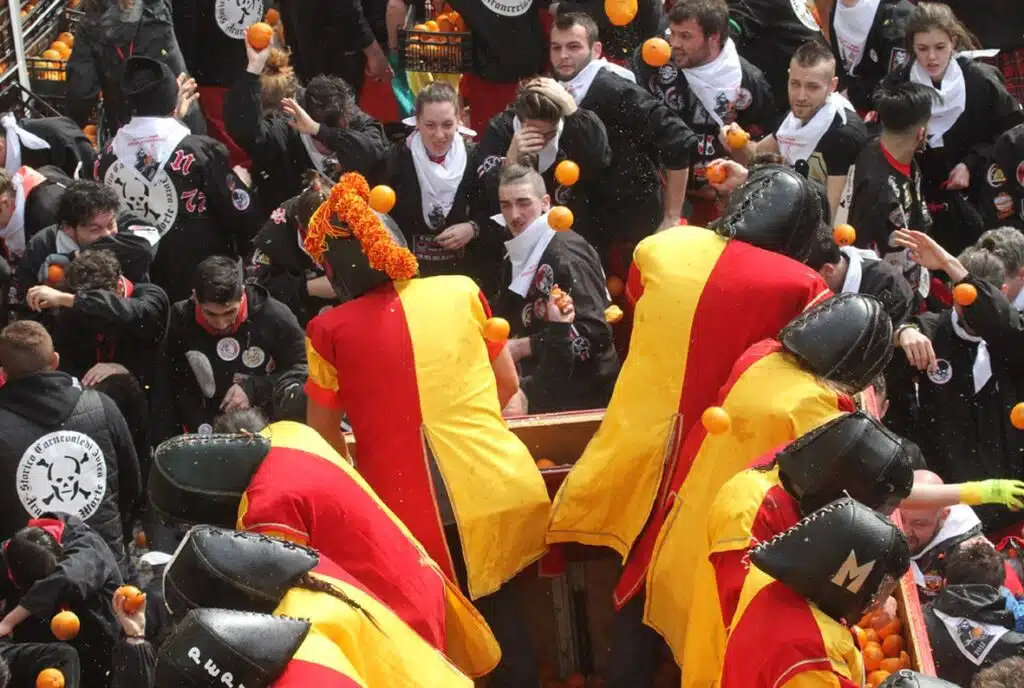
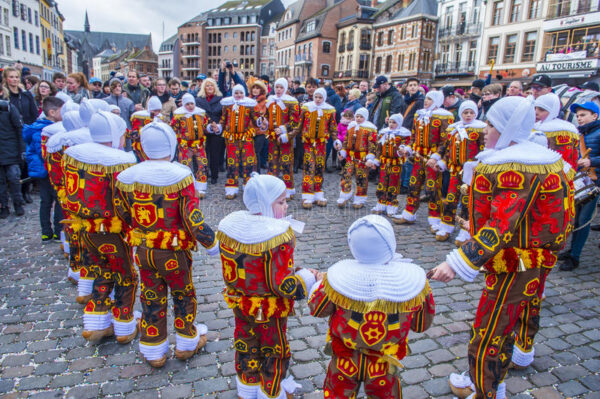
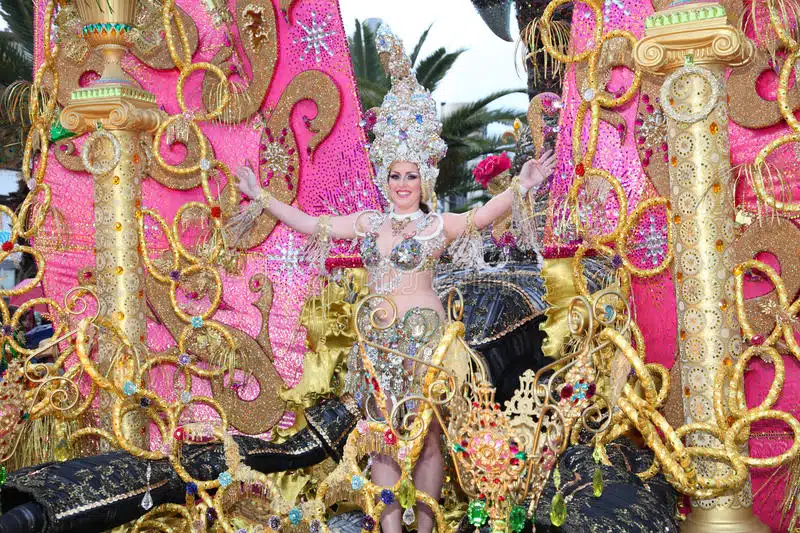
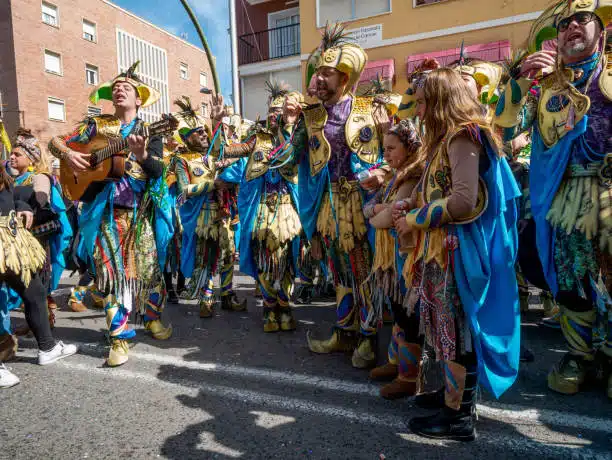
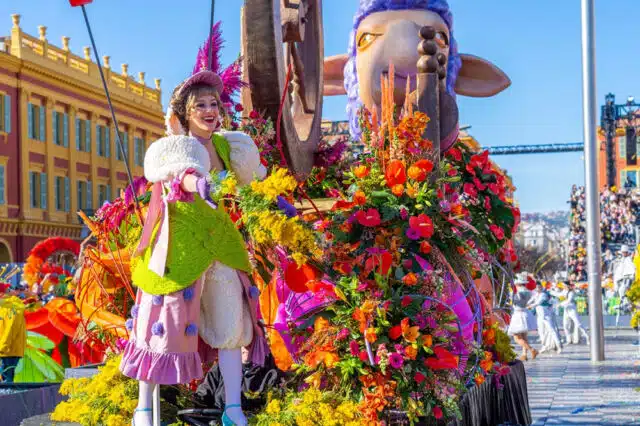
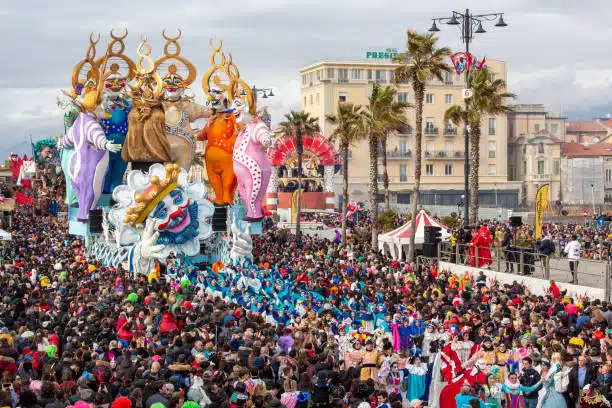
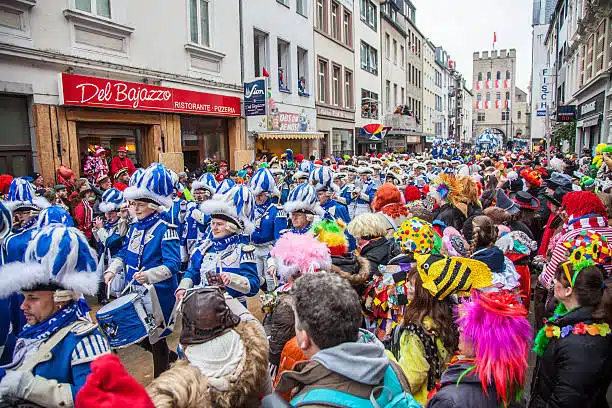
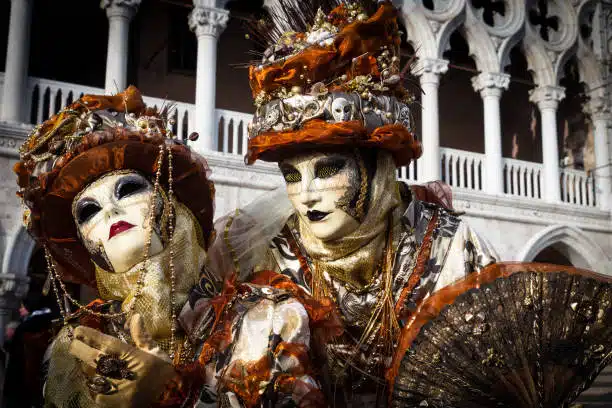
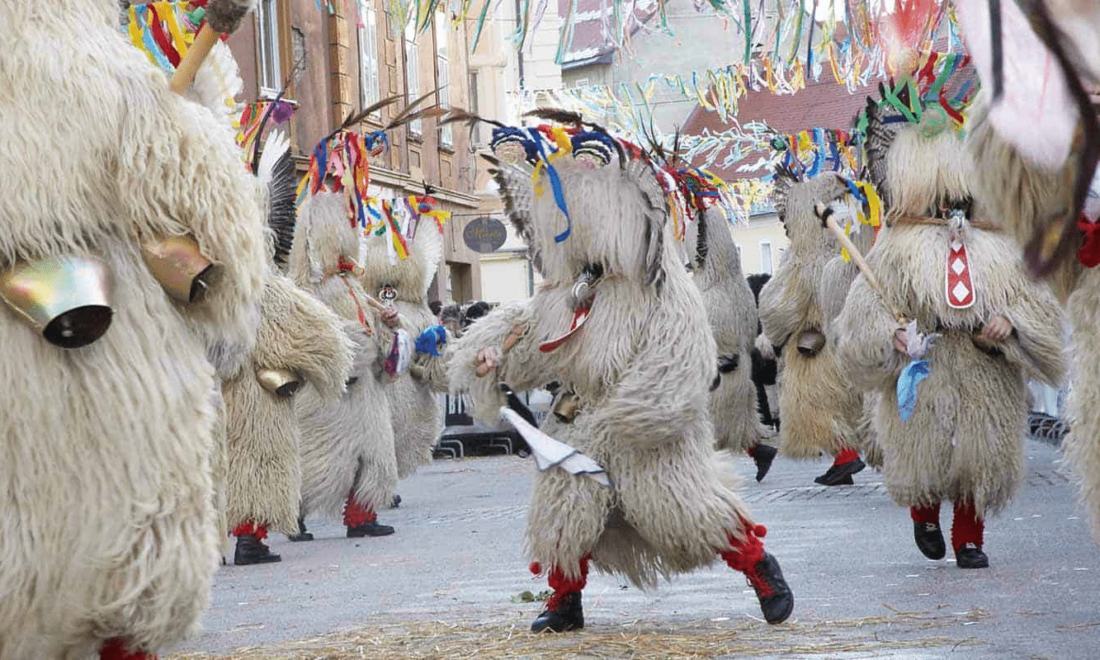
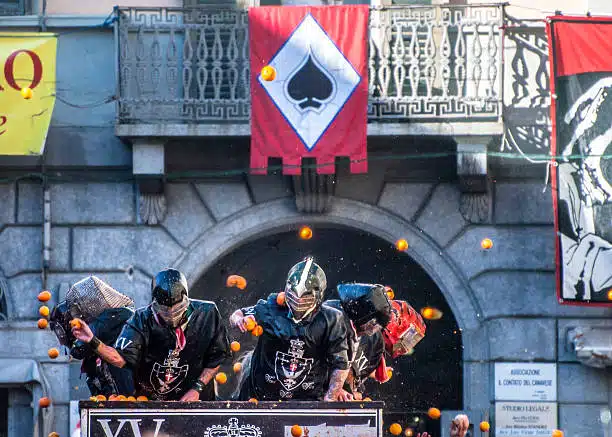
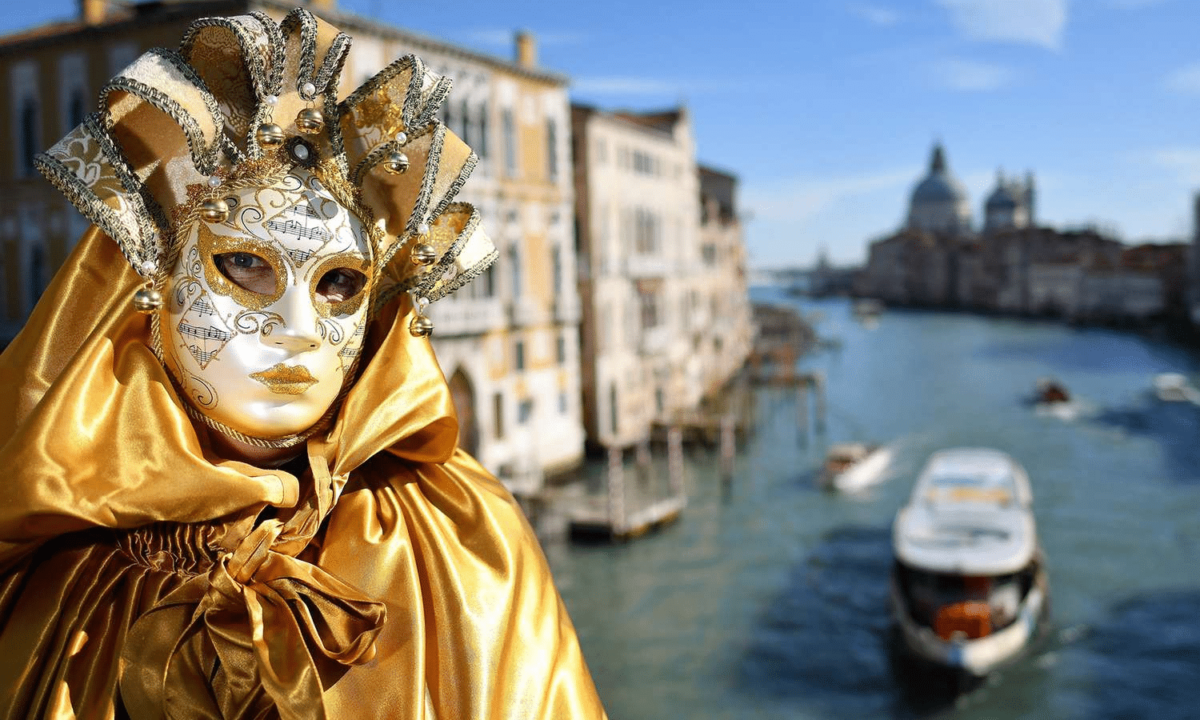
Comments are closed.